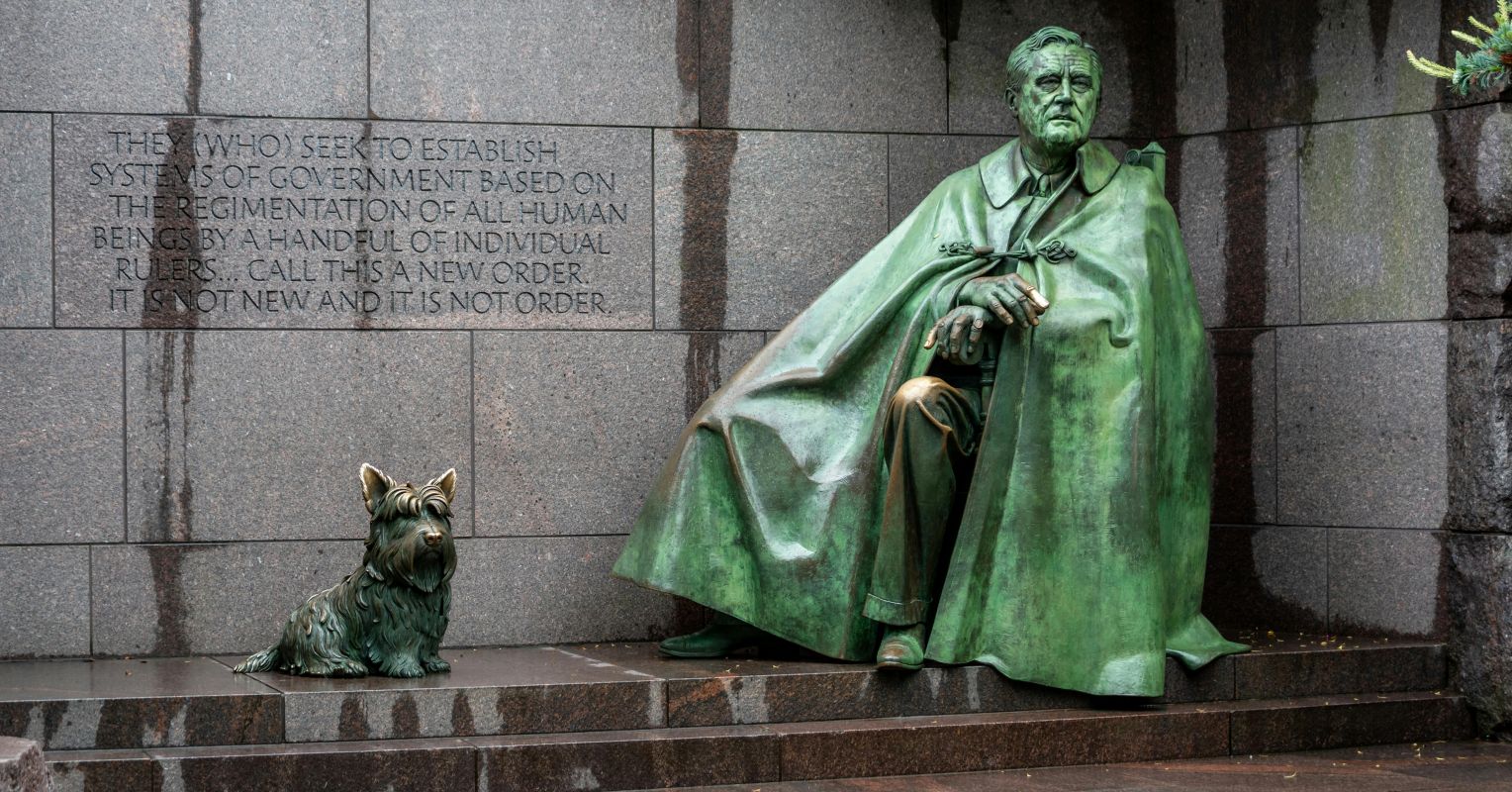
"Evolutionary psychology sees this as a story about our evolved and universal cognitive tools. Humans developed domain-specific decision rules for leadership over long stretches of evolutionary time, shaped by recurring challenges our ancestors faced. As a broad-brush characterization: In times of intergroup threat, people gravitate toward dominant, forceful leaders who offer protection and security. After 9/11, for instance, preferences in the U.S. shifted sharply toward hawkish leadership."
"In New York City's recent mayoral primary, Democratic voters faced a familiar choice in a new form: Former governor Andrew Cuomo, the embodiment of the political establishment, versus young state assembly member Zohran Mamdani, an insurgent with grassroots energy. On the surface, this may look like a battle of personalities or competing political philosophies, or even the old guard versus the new."
Human leader preferences shift with environmental conditions, steering followers toward different leader types during stability versus volatility. Evolved cognitive decision rules favor dominant, forceful protectors during intergroup threats and prestige-based, wisdom-led consensus-builders in stable periods. Cultural evolution favors transmission of leadership styles that enhance group adaptation and success. Historical and contemporary examples show disruptors gain traction when established orders appear broken, while experienced or prosocial elites regain favor when routine and cooperation matter. Political contests often reflect these dynamics as voters choose between establishment figures and insurgent candidates based on perceived environmental risk and social needs.
Read at Psychology Today
Unable to calculate read time
Collection
[
|
...
]